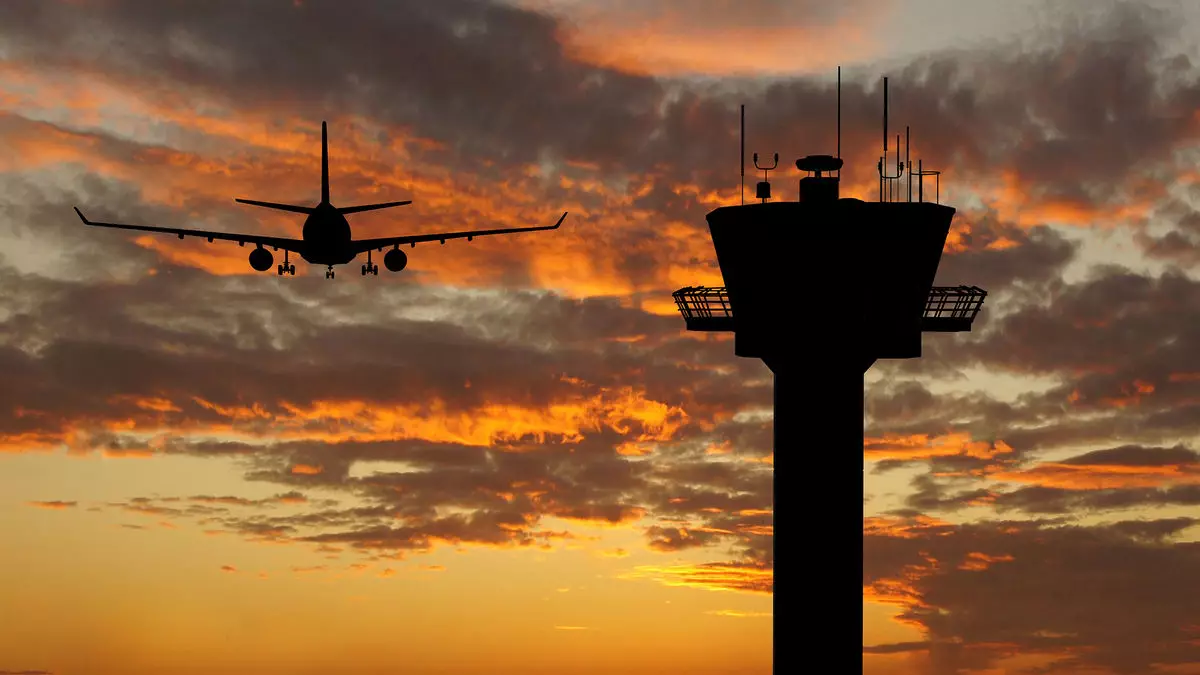The unveiling of the $12.5 billion budget and policy bill signed into law by President Trump marks a significant turning point in America’s aviation future. While this financial commitment initially appears substantial, it merely scratches the surface of what is necessary to overhaul a decades-old air traffic control (ATC) system that desperately needs modernization. Industry stakeholders, led by influential groups like Airports Council International—North America, Airlines for America, and the Modern Skies Coalition, have lauded this step as a pivotal move toward aviation transformation. However, their enthusiasm is tempered with realism, acknowledging that the current funding is, at best, the gateway rather than the destination.
This initial injection aims to fund crucial segments such as telecommunications infrastructure, radar systems, and new air traffic control centers. Yet, the ambitious project’s true cost is projected to soar well beyond this initial figure, with estimates reaching upwards of $31 billion. This significant gap underscores a persistent challenge: how to sustain momentum and secure ongoing investment amid the political and economic fluctuations that often hinder long-term infrastructure projects.
Beyond the Surface: The Underlying Challenges and Opportunities
The legislation’s strategic allocations—$4.75 billion for telecom upgrades and $3 billion for radar replacements—are notable, yet they represent just the tip of an iceberg. The infrastructure of air traffic management is among the most complex and critical components of national security and economic stability. It requires a comprehensive overhaul that not only modernizes technology but also enhances operational resilience and workforce capacity.
The project’s four-year timeline, as specified by Transportation Secretary Sean Duffy, raises questions: Is this timeframe realistic? Will the industry be able to adapt and deploy cutting-edge systems without sacrificing safety, efficiency, or employment standards? Critics argue that the pace might be overly ambitious, given the scale of technological innovation needed and the historical track record of underfunded, delayed aviation projects.
Furthermore, the push for modernization gains additional urgency following recent incidents that exposed vulnerabilities in the current system. The midair collision near Washington D.C., along with outages experienced at Newark Airport, acted as wake-up calls. These events intensified calls for swift and decisive action, exposing systemic flaws and rekindling advocacy for a more resilient and high-tech ATC framework.
Stakeholder Perspectives: Hope, Skepticism, and Strategic Optimism
Industry leaders express a mixture of optimism and cautious anticipation. Airlines for America’s CEO Nick Calio, for example, praised the administration’s “gumption” in addressing the challenge but emphasized that more sustained funding is imperative. This perspective highlights a broader issue: the existing budget, while symbolically significant, is insufficient for complete renewal. The industry’s hope is that this initial investment will catalyze greater funding and political support in subsequent years.
Airport authorities and advocacy groups also welcome the bill’s provisions for border security and homeland safety, including over $6 billion dedicated to Customs and Border Protection staffing. It demonstrates an understanding that aviation modernization cannot be isolated from broader security and immigration concerns, fostering a more holistic approach toward national infrastructure resilience.
Amidst the optimism, skepticism remains. Critics question whether the bureaucratic inertia behind such projects can be overcome within the ambitious four-year window. The history of the NextGen program, which started in 2007 and has seen slow, incremental progress, serves as a cautionary tale. The challenge will be to avoid bureaucratic stagnation and ensure that technology deployment keeps pace with industry needs and safety standards.
Looking Forward: The Interplay of Innovation and Advocacy
The inclusion of a two-year extension for sustainable aviation fuel (SAF) tax credits, supported by farmers despite broader climate opposition, signals a recognition of aviation’s environmental footprint and the need for innovative solutions. By incentivizing SAF production, the bill aligns economic growth with environmental sustainability—a strategic move that could redefine the future of air travel.
However, true transformation demands more than just technological upgrades; it requires a cultural shift in the industry, greater political commitment, and persistent advocacy. The stakeholders’ unified voices—calling for increased funding, safety improvements, and sustainable practices—must be coupled with effective policy execution to realize a significant evolution in American aviation.
In essence, the bill initiates a new chapter in the story of U.S. aviation. Still, it remains a starting point rather than the culmination of the comprehensive overhaul that professionals and flyers alike deserve. Achieving this vision requires unwavering resolve, innovative spirit, and long-term commitment far beyond the initial financing—an endeavor that will determine how America’s skies are managed and protected for generations to come.


Leave a Reply